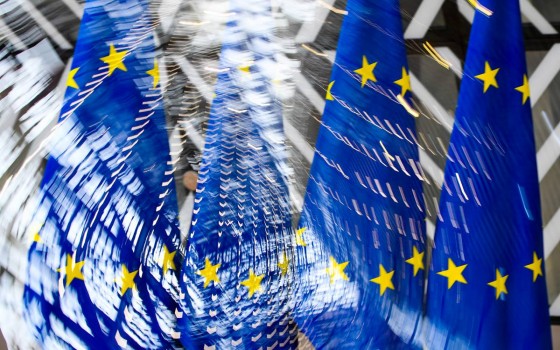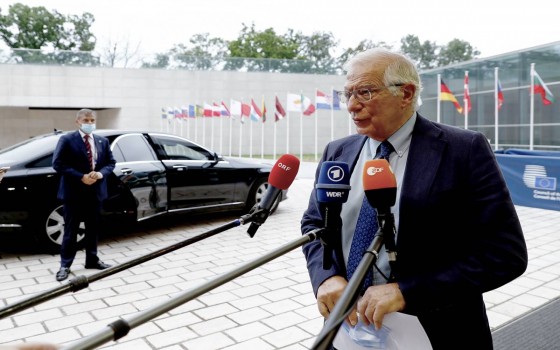
The Brussels airport bombings were part of a terrorist plot targeting the most important ports in Belgium, Europe and the prime minister's residence

- Europe and Arabs
- Sunday , 7 August 2022 13:26 PM GMT
Brussels: Europe and the Arabs
In Brussels, new information was revealed regarding a terrorist plot targeting strategic places in Belgium and France, and a terrorist cell was supposed to implement it, similar to what happened in the Paris bombings in November 2015 and the Brussels Airport bombings in March 2016, according to media sources in the capital. Belgian
The European Football Championship, which gathered about 75,000 people in the Paris stadium to cheer on the national team, in June 2016 was the ideal target for the terrorist group that carried out the eventual attacks in Brussels.
The terrorists planned, among other things, to drive a truck into the crowd during the opening match. Also in attendance: then-President Francois Hollande. Soon, rumors spread that Brussels Airport was not the "first choice".
This is now confirmed by conversations found on a computer that had been disposed of by elements of the terrorist cell. The terrorists eventually decided to act earlier than planned because they felt trapped after Salah Abdeslam's arrest.
It also shows that the terrorist group has a long list of targets. In Belgium, for example, they also had the port of Antwerp, the Fauen army barracks and the official residence of the Belgian Prime Minister. In the end, the group bombed Brussels Airport and Maalbeek metro station, killing 32 people.
The he Federal Prosecutor’s Office wanted to maintain secrecyhe
In response to a question by the Belgian news agency “Belga”, he said, “The Federal Prosecutor’s Office regrets that information from the indictment was leaked to the press three months before the trial began. “Out of respect for the victims and their families, the Federal Prosecutor’s Office wanted to maintain a certain degree confidentiality about the document, at least as long as it was not certain that all civil parties received it,” according to a spokesman for the Federal Prosecutor's Office.
Journalists generally receive a copy of the indictment before the trial begins, but this is done on a confidential basis. The goal is for journalists to be able to read before the process begins. The indictment will not be made public until after the prosecutor has read it, on the first day of the trial












No Comments Found